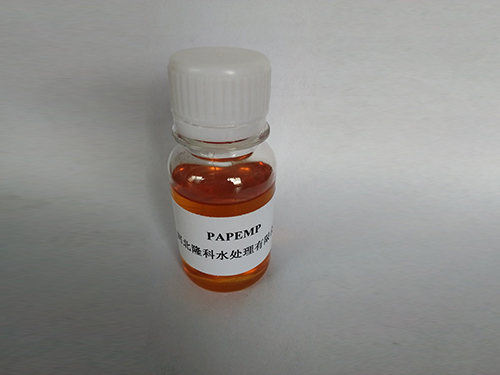Exploring the Properties and Applications of Polyaspartic Acid in Modern Chemistry
Understanding Polyaspartic Acid Properties, Applications, and Benefits
Polyaspartic acid, a versatile polymer derived from aspartic acid, has garnered significant attention in various fields due to its unique properties and wide range of applications. This biocompatible and biodegradable compound is gaining popularity in industries such as coatings, adhesives, and biomedical applications, among others. In this article, we will explore the characteristics, benefits, and applications of polyaspartic acid, highlighting its potential impact on modern technology and environmental sustainability.
Properties of Polyaspartic Acid
Polyaspartic acid is a polyamide or polycarboxylic acid that is synthesized through the polymerization of aspartic acid. This organic compound is notable for its water-solubility and ability to form gel-like structures under specific conditions. One of its most significant properties is the presence of polar carboxyl groups that provide high affinity for water, ensuring excellent adhesion and stability in various environments. Additionally, polyaspartic acid exhibits low toxicity and high biocompatibility, making it suitable for applications in healthcare and consumer products.
Another critical characteristic of polyaspartic acid is its environmental friendliness. As a biodegradable polymer, it can break down into non-toxic byproducts, which minimizes its impact on ecosystems. This feature is particularly important in today's context of increasing environmental awareness and the need for sustainable materials.
Applications of Polyaspartic Acid
1. Coatings and Paints One of the most prominent uses of polyaspartic acid is in the formulation of protective coatings and paints. Its ability to cure quickly at both low and high temperatures results in durable finishes that resist scratches, chemicals, and UV light. These properties make polyaspartic coatings ideal for industrial flooring, automotive finishes, and even architectural coatings.
polyaspartic acid

2. Adhesives and Sealants Polyaspartic acid-based adhesives are gaining traction due to their strong bonding capabilities and fast curing times. They are suitable for a variety of substrates, including metals, plastics, and wood, and their low volatility organic compound (VOC) content contributes to healthier indoor air quality.
3. Biomedical Applications The biocompatibility of polyaspartic acid makes it an excellent candidate for various biomedical applications. It can be used in drug delivery systems, tissue engineering, and even as a component in sutures and other medical devices. Its ability to form hydrogels allows for the encapsulation of therapeutic agents, enabling controlled release and enhanced efficacy.
4. Agricultural Uses In agriculture, polyaspartic acid is being explored for applications such as soil conditioners and fertilizers. Its ability to retain moisture and improve soil structure can enhance plant growth and reduce water usage, contributing to sustainable agriculture practices.
Benefits of Polyaspartic Acid
The benefits of polyaspartic acid extend beyond its physical properties and applications. Its biodegradability and low toxicity align with global goals for sustainability, reducing the environmental footprint of various industries. Moreover, its versatility enables it to be modified for specific applications, allowing for innovation across multiple sectors.
In summary, polyaspartic acid is a remarkable polymer with an array of properties that make it suitable for diverse applications. As industries continue to seek sustainable and efficient materials, polyaspartic acid stands out as a promising candidate capable of addressing modern challenges. Its growth in sectors such as coatings, adhesives, and biomedicine reflects its potential to drive technological advancements while promoting environmental responsibility. As research and development continue, the future of polyaspartic acid looks bright, emphasizing the importance of harnessing natural compounds for innovative solutions.
-
Water Treatment with Flocculant Water TreatmentNewsJun.12,2025
-
Polymaleic AnhydrideNewsJun.12,2025
-
Polyaspartic AcidNewsJun.12,2025
-
Enhance Industrial Processes with IsothiazolinonesNewsJun.12,2025
-
Enhance Industrial Processes with PBTCA SolutionsNewsJun.12,2025
-
Dodecyldimethylbenzylammonium Chloride SolutionsNewsJun.12,2025





